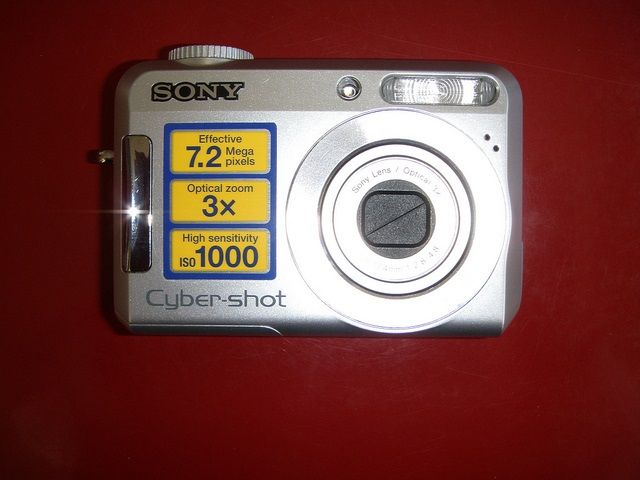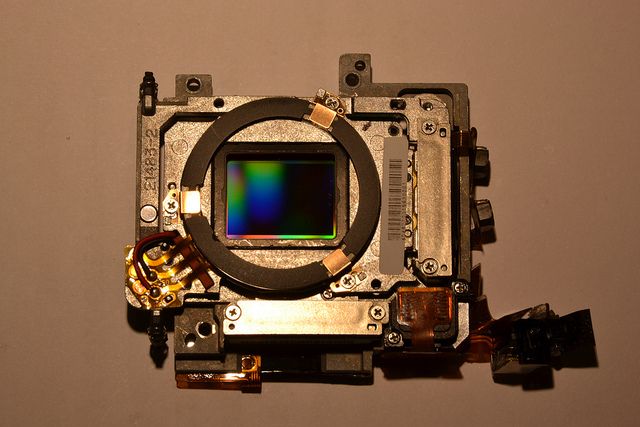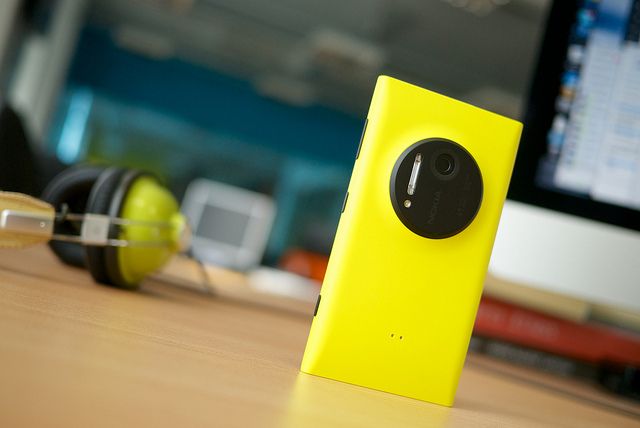Smartphones are rapidly hitting the point that, unless you're planning to game or try to mine Bitcoins with them; the screens, processors, and memory are plenty sufficient for any application you have in mind. So, when it comes time to upgrade, more and more people are looking at the phone's cameras as a differentiating factor.
As those people riffle through specification sheets and stare blankly at impressively chipper salespeople, they may find themselves silently wondering, "What the heck is a megapixel, and how many do I need?"
Megapixels are one of the most common ways of advertising the quality of cameras, especially relatively low-end cameras aimed at the mass market likes the ones in typical smartphones. This is unfortunate, because these days the megapixel count is far from being the most useful measure of camera quality.
Megapixels work like this: Uncompressed image resolution has two fundamental measurements: horizontal and vertical resolution. In other words, if you take an image and begin counting pixels across or down from one corner, you can multiply those two figures to get the total number of pixels in the image. More pixels, in general, give you a higher resolution picture. That's where megapixels come in. A megapixel is, literally, one million pixels in the final image.
In order to compute how many megapixels a camera produces, you simply multiply the horizontal and vertical resolutions of the sensor, and divide the result by a million. A 1000x1000 image, for example, is one megapixel. A 1920x1080 image is a little more than two megapixels. A 4k image is more than eight megapixels. So why aren't megapixels the end-all be-all of camera quality? For starters, there are steeply diminishing returns. The jump from one to two megapixels is huge: it's the jump from SD to HD that we went through few years ago -- the number of pixels per square inch doubles. The jump from five megapixels to six, though, is less impressive. The pixels per square inch only increase by 20% - barely perceptible. The added pixels are scattered across a much larger image. This is all assuming, too, that you even have hardware that can display a high megapixel image, an unlikely proposition for any image above about four. On top of that, not all pixels are created equal.
What Measure Hath a Pixel?
The way that point-and-shoot and smartphone cameras work is fairly straightforward: they use a simple lens to focus light onto a sheet of glass made of red, green, and blue elements, arranged in little clusters. Behind this glass sits a cheap image sensor, made of small silicon elements that register the intensity of light hitting them. The colored glass sheet filters out different colors to different sensor elements, so by measuring the disparity between the light detected under the different bits of colored glass, the computer in the camera or phone can deduce what color each pixel's worth of the image is actually displaying.
However, there are a couple of limits here: every image sensor element comes with a certain level of noise: random values that occur in the sensor regardless of the actual exposure to light. Engineering sensors that have lower noise level is hard and more expensive. For larger sensors (say, in a low-resolution camera), this isn't a problem, because enough light is hitting the sensor that it easily drowns out the noise (this is why most phone cameras produce noisy images in dark rooms). However, as the individual sensors get smaller and smaller, less light hits them, and it becomes more and more expensive to drop the noise level down to an acceptable level. In the interest of pushing megapixel counts as high as they can for advertising purposes, many manufacturers simply allow the noise level per-pixel to increase - decreasing overall image quality, despite a larger number of megapixels.
To further exacerbate the problem, as resolution increases, the quality of the lens becomes a bottleneck as well. Cheap lenses introduce a degree of blurring, and increasing an image sensor's resolution above the quality of the lens adds more pixels, but there isn't much new information being added for those pixels, because the relevant information is being scrambled by the lens.
Worse, the poor ratio of lens quality to sensor resolution can produce color bleeding: light that's gone through one color filter can wind up hitting the light sensor corresponding to another color, reducing the accuracy of the color in the final image and producing a gray, washed-out picture. You can see these effects yourself by taking a photo from a cheap but high megapixel camera and blowing it up on a screen to its native resolution. You'll notice color artifacts, blurring, and generally that the image looks considerably worse than it does when scaled to fit on the screen.
All this is is unfortunate, because there are fundamental limits to how good a conventional lens of a given thickness can be. That why some smart devices, like the Galaxy Camera that we reviewed last year, have taken to including full-sized lenses.
How To Pick a Good Camera
So, let's say you want to buy a phone with a great camera. If megapixels don't matter, what should you be worried about? The answer is color accuracy, low-light performance, and lens quality. Unfortunately, it can be hard to find those specifications from phone manufacturers, so often the only answer is to look at reviews by technically literate blogs. If sample shots are provided, you can blow them up to get an idea of what the images look like at native resolution. This will give you an idea of the quality of the pixels that you're getting, and not just how many of them. Right now, the market leader in phone cameras is Nokia, whose Lumia series of phones contain high-quality (if bulky) lenses and produce good results (though they are correspondingly pricey). The Lumia 1020 (which we reviewed) is a good bet right now for producing near DSLR-quality photos in a phone camera. On the IOS side of the things the iPhone 5s camera is also of a high output quality.
Looking into the future, there's a lot of reason to be excited about the new Pelican Imaging cameras, which use a grid of conventional cameras (each of which capture only a single color to avoid fringing) combined with clever software to produce images of much higher quality than is possible with normal smartphone camera setups. As an added bonus, the setup also captures in native 3D, and can be manufactured more cheaply than regular smartphone cameras. These devices aren't out yet, but are expected to hit the market within a year, and represent a major shift in the quality possible for phone cams, so keep an eye out.
So that's the lowdown on megapixels. Hopefully, you'll now be little more prepared to make informed camera buying decisions. Let us know how your camera performs in the comments, and what brands you prefer for their camera quality!
Image credits: "Reflex Camera" by Markus Spiske, Sony DSC S650 (2007), by Alistair Paterson, <rel="nofollow" href="https://www.flickr.com/photos/94563434@N06/9160466770">Olympus e510 MOs Image Sensor, by Carlos Sancho, Nokia Lumia 1020 by Karlis Dambrans




